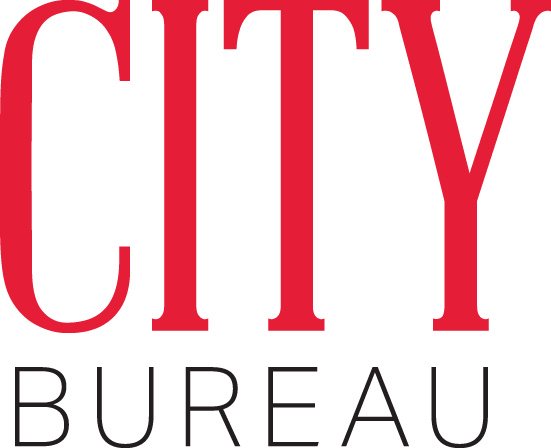The Problem:
Chicago’s Department of Planning and Development releases the city’s Tax Increment Financing (TIF) financial audits as a set of PDF documenters every year. Many files created in PDF format are essentially images of documents:
They are hard to read on mobile devices
Searching text within the document can be difficult
They are not conducive to spreadsheet conversion, which makes deeper analysis possible
Due to the document type, community organizations, individuals and small to mid-size media outlets without technological capacity often find it difficult to parse these documents according to the needs of their communities and audiences.
Our Solution:
We’ve processed the 2018 TIF Reports for you, and we’re making the resulting spreadsheet available with some of the most critical columns listed for easy browsing, analysis and display.
Find the original PDF documents from the Department of Planning and Development here
See our converted spreadsheet for use in your own analysis here
To run your own spreadsheet, check out our processing code via our GitHub repo
Explore some findings from this year’s TIF report:
As of January 1, 2019 there was over $1.5 billion ($1,514,711,591) sitting in Chicago’s Tax Increment Financing accounts.
Chicago had 144 active TIFs in 2018, one less than 2017.
Total Property Tax Increment extraction for 2018 = $674 million ($674,658,552).
Chicago’s 145 active TIFs have collected a total of $5.7 billion ($5,783,848,647) since the program started.
The Top Ten TIFs collected a total of #330 million ($330,729,037) in property taxes in 2018. These are the “champions” in terms of property tax extraction. The Number One TIF = LaSalle/Central (#147), collected $69 million ($69,007,881) in 2018. This Top Ten list is shown below.
LaSalle Central
Kinzie Industrial Corridor
Canal/Congress
Chicago/Kingsbury
Near North
River South
Central West
River West
Midwest
Pilsen Industrial Corridor
The Top Ten TIFs in terms of fund balance were holding $237 million ($237,157,445.00) in property taxes on January 1, 2019. The TIF with the largest fund balance was the River South TIF (#037) holding $36.5 million ($36,587,034.00).
Total expenditures from Chicago’s TIFs in 2017 were $418.9 million ($418,973,433.00). This is how much all of Chicago’s TIF districts spent in 2018. The biggest spender in 2018 was the River South TIF at $36.5 million ($36,587,034). $30.6 million of that amount was given to the Board of Education.
In 2017 23 TIFs extracted at least 90% of property taxes collected from some or all of the properties within their borders. Four TIFs extracted 100% of the property taxes from properties within their borders.
Total revenues transferred into TIFs accounts from another TIF account in 2018 was $140.5 million ($140,555,396.00).
Total “surplus” revenues from TIFs distributed out to local government sources was $189.2 million ($189,273,256.00).
In total, $329.8 million ($329,828,652) of TIF funds were moved around the city was 48% of all the property taxes that was collected in 2018.
In 2018, 13 TIFs used property taxes to pay a total of $97.1 million ($97,115,206.21) in finance charges to two banks. The banks were:
Amalgamated Bank of Chicago
Zions Bank
The Department of Planning and Development extracted $8.1 million ($8,135,300.00) for staffing costs from 93 TIFs.
